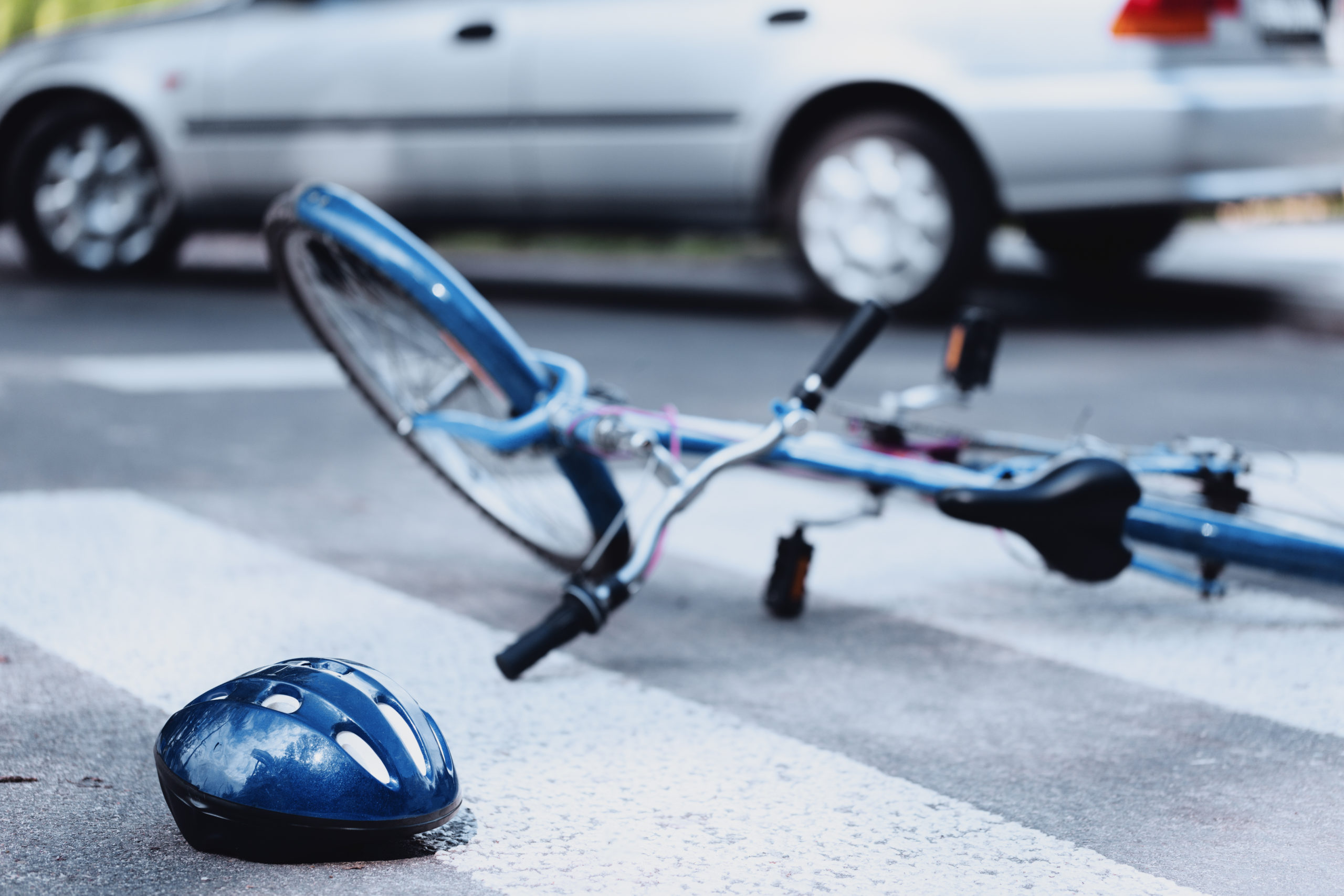Timeline for a Slip and Fall Lawsuit
Generally speaking, most slip-and-fall lawsuits follow the same progression Understanding the following seven steps can help you understand what to expect in a personal injury case:
The complaint: an experienced personal injury lawyer will probably take care of this first step. The complaint document will explain the nature of your claim, including who the parties are, how the incident happened, who the plaintiff believes is responsible, and what you want the defendant to pay for their conduct.
The complaint will go to the court (in the district where you plan to bring the lawsuit) and you must also serve it on the defendant party. The complaint will be delivered, along with a summons, to the person(s) being held liable in this case.
The response: the summons you give to the defendant will include an order to file a response to the complaint within a period of time. The response to the complaint will include an admission or denial of each allegation, or a statement that there is not enough information to admit to or deny an allegation. A defendant can also use the response to set forth certain defenses that, if proven, can reduce their own liability in the incident.
The discovery phase: during this phase, both parties learn everything they can about the case. Discovery can include conducting interrogations, speaking to witnesses, and getting sworn statements from people involved. Discovery can also include “requests for production,” which are requests for either side to share written documents pertaining to the claim.
Pre-trial motions: these motions are filed before trial and can help expedite the process. Typical pre-trial motions can include:
- Motion to dismiss, which can dismiss the lawsuit on some sort of technicality
- Motion to compel, which orders the other party to do something they currently are unwilling to do. In many cases, it helps one side obtain documents that the other party is not producing for discovery.
- Motion for summary judgment, which argues that there are no facts to support the other party’s claim or defense. This is a powerful pre-trial motion because, if granted, it is a final judgment.
- Motion in limine, which is a request to keep certain evidence out of the trial because it is prejudicial.
Mediation/Settlement phase: during this phase, both parties can avoid going to trial by participating in mediation or a settlement conference. (Mediation is conducted by a private mediator, while a settlement conference is ordered by the court.)
Trial: if the two parties cannot come to an agreement, the slip-and-fall case can go to trial. Slip-and-fall claims typically take only a few days in court.
Collection: after trial or settlement, you will have to collect your judgment. The defendant usually has 30-60 days to pay, and if he or she fails to do so, there are additional legal steps to take.


















